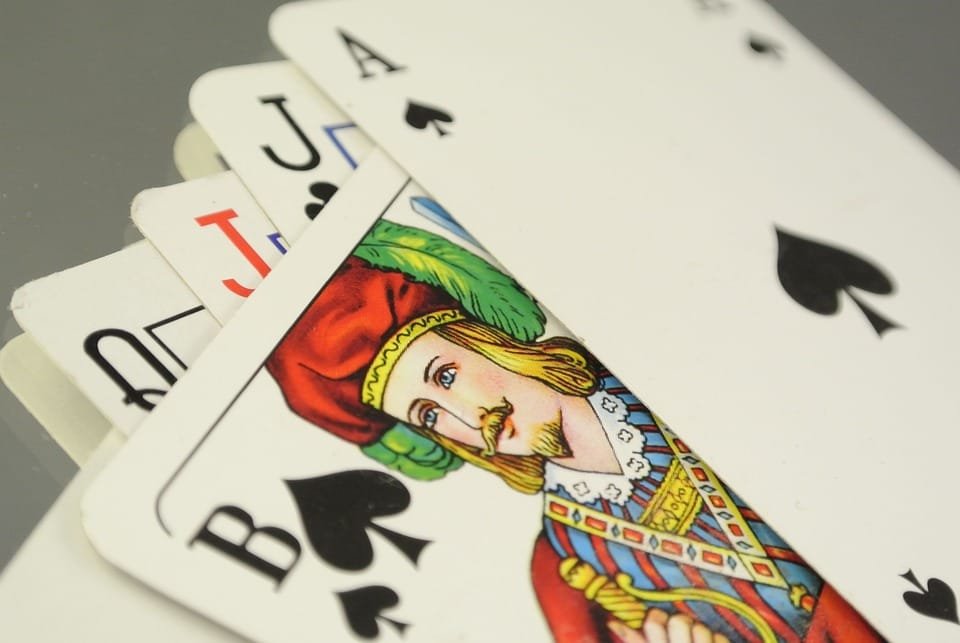The Rise and Fall of Satta King Disawar: A Cautionary Tale
In the 1990s, Satta King Disawar, a popular board game in India, was on the verge of revolutionizing the way people played and wagered. With its unique blend of chance and skill, the game became a cultural phenomenon, attracting millions of players from all over the country. However, the game’s rapid rise was followed by an equally rapid fall, leaving a trail of financial devastation and legal consequences in its wake. In this article, we’ll explore the story of Satta King Disawar, a cautionary tale of the dangers of unregulated gambling and the consequences of unchecked growth.
The Rise of Satta King Disawar
In the early 1990s, a small group of entrepreneurs in northern India launched Satta King Disawar, a game that combined the thrill of chance with the strategy of skill. Players would predict the numbers that would be drawn randomly from a set of 100 numbers, with the objective of winning large sums of money. The game quickly gained popularity, andsoon, Satta King Disawar was being played in tea stalls, streets, and local courtyards across the country.
The game’s popularity was fueled by its simplicity, social interaction, and the promise of quick riches. Players would gather in groups, bet on the numbers, and eagerly await the draws. The game’s appeal was not limited to a particular demographic; people from all walks of life, from students to businessmen, were drawn to its promise of instant gratification.
As Satta King Disawar spread, the game’s popularity led to the emergence of a lucrative underground economy. The game’s organizers, known as "bookies," would take bets from players and pay out winnings to the winners. The bookies would often take a significant commission, but for many, the potential for huge returns made it a tempting proposition.
The Fall of Satta King Disawar
As the game’s popularity continued to grow, so did the number of disputes and controversies surrounding it. Players would often lose large sums of money, only to find that the bookies had disappeared with their winnings. The game’s unpredictability and lack of transparency led to widespread allegations of fraud and manipulation. The game’s morally dubious nature also attracted the attention of law enforcement, who saw it as a breeding ground for organized crime and money laundering.
In 2001, the Indian government launched a crackdown on Satta King Disawar, banning the game and arresting hundreds of bookies and players. The game’s organizers were forced to shut down, and many players were left with significant debts and financial losses. The game’s reputation was forever tarnished, and its legacy became synonymous with illegality and deceit.
A Cautionary Tale
The rise and fall of Satta King Disawar serves as a cautionary tale about the dangers of unregulated gambling and the consequences of unchecked growth. While the game’s popularity was fueled by its simplicity and social interaction, its lack of transparency and regulation led to widespread abuse and exploitation. The game’s collapse also highlights the importance of responsible gaming and the need for strong laws and regulations to protect players and prevent fraud.
In conclusion, the story of Satta King Disawar serves as a reminder that the thrill of gaming should not be pursued at the expense of ethics and morality. As we reflect on the game’s rise and fall, we are reminded of the importance of responsible gaming and the need for strong laws and regulations to protect players and prevent the proliferation of illegal activities. While Satta King Disawar may be a thing of the past, its legacy continues to serve as a warning about the dangers of unchecked growth and the importance of responsible gaming.






